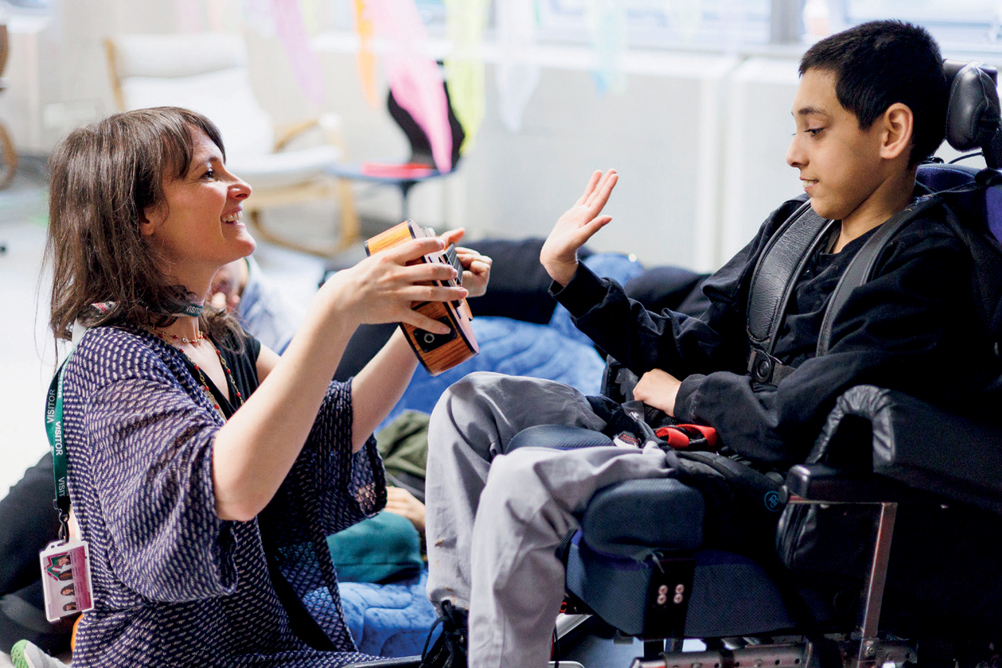
More than a million and a half children in England have special educational needs or disabilities (SEND). Some engage with the National Curriculum with relatively minor adjustments. Others require more substantial modifications, both in the learning processes and expected outcomes. A minority, with severe or profound learning difficulties, require individualised learning programmes, designed to meet their needs, abilities and preferences. This is particularly true in relation to music, which our work over four decades has shown not only to have intrinsic value as a curriculum area, but as a tool to promote wider learning and development. Hence appropriately designed music education can be especially important for children and young people with SEND.
Register now to continue reading
Register to the Music Teacher website today to read more of the latest news and developments from the world of music education.
You’ll receive:
-
Free access to 4 subscriber-only articles per month
-
Email newsletter providing advice and guidance across the sector
Already have an account? Sign in here




